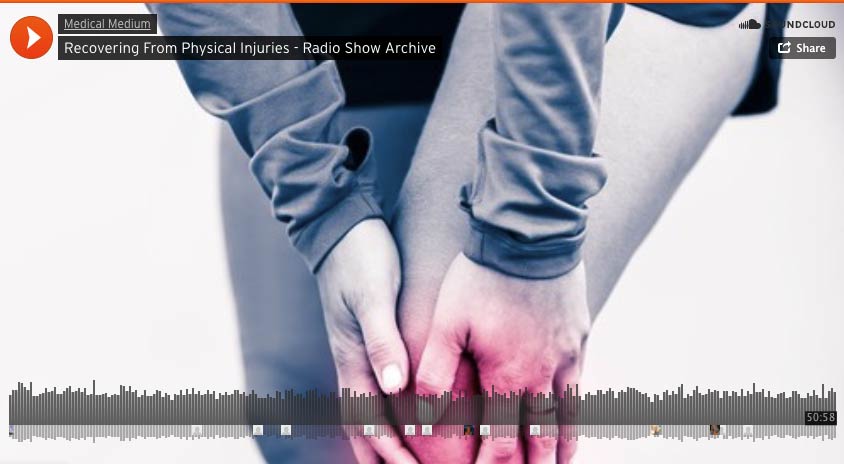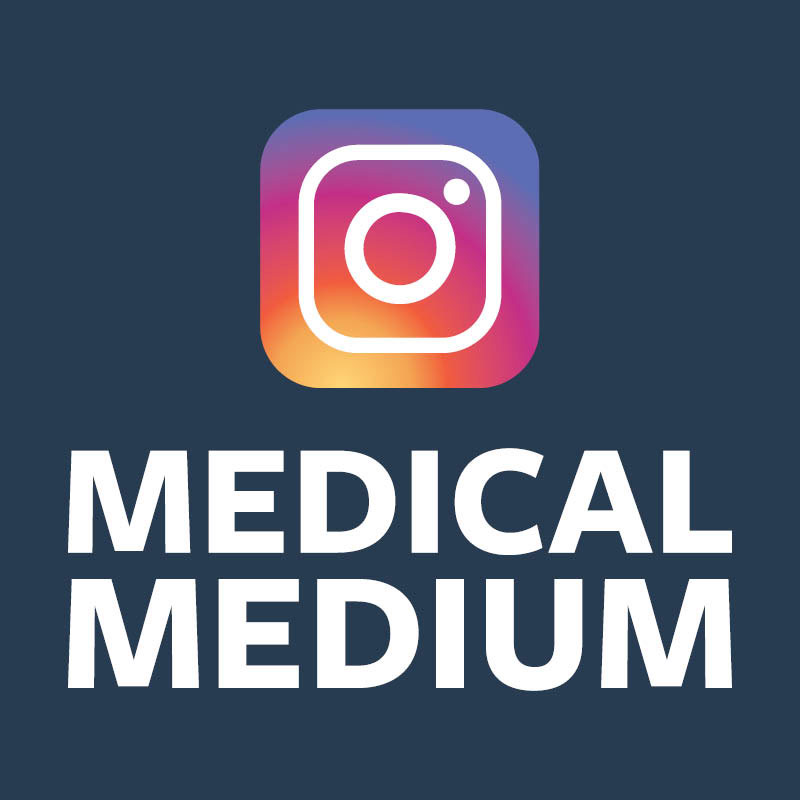Watch: Recovering From Physical Injuries

Recovering From Physical Injuries
Injuries can seem pretty black and white. You get into a car accident and hurt your neck, or you slip on a wet surface, fall, and break or sprain your ankle. Injuries happen every day and they are a normal and common part of life.
What’s not so straightforward is when someone injures themselves but just doesn’t recover well. Or the injury hangs around for years causing more pain and immobility. Or maybe the injury is worse after surgery. Meanwhile someone else may be recovered in a week and have some pain, but soon feel good as new.
There’s also mysterious injuries that can occur. You may not have something physically apparent that your doctor or specialist can see, but you’re still in pain and injured. Or maybe tests show a past injury has healed but there’s still pain.
Why do some people heal easily and others don’t?
The difference between these scenarios is what else is going on with the person’s health. If someone has a chronic illness that the body is already working hard to deal with, it becomes much harder to heal an injury.
Generally when healing, timing and pain are not as in correct proportion to the injury, it means there is an underlying viral condition that is creating more of a problem than the injury alone would. If someone has a viral condition and then experiences a huge rush of corrosive adrenaline from an injury, the virus could take a stronger hold.
Epstein-Barr virus (EBV) and the Shingles virus (of which they are many varieties of both) are typically the viruses behind viral injury pain. Standard knee surgeries and injuries for example can be especially troublesome for someone who has EBV. Shingles can be the reason for frozen shoulders, shoulder and neck, paralysis, and more. Simply turning your neck when you have active Shingles can lead to an injury that causes pain. These are just a few examples of viral injuries.
Injuries also become worse if you’re eating foods that feed viruses. Foods like eggs, dairy, and more. The viral inflammation increases and affects the injury pain and recovery. You can read more about this in-depth in my book Medical Medium.
Getting injuries is so frustrating but it’s a part of life for almost everyone and we have to keep a light heart and humor as much as possible with injuries. Frustration and anger tightens up the muscles and the nerves so need to stay light hearted and as calm as possible.
Simple Steps To Heal Injuries
1.Warm and Cold Packs
The simple technique of placing hot and cold packs on injured and chronically inflamed areas is very effective, but often overlooked or ignored. To treat an injured area like your back or neck, place a warm pack against the area for 30 minutes in the morning to loosen the muscles. The over the day and evening, place a cold pack against the area for 30 minutes. Do this two times. The cold pack trains the nerves to calm down and reduce inflammation so they don’t get more inflamed, crack, and harden. It’s important to follow this schedule of warm and cold packs as closely as possible. It can make all the difference in your recovery.
2. Supports and Braces
Supports, braces, crutches, and walking sticks allow some of the pressure to be taken off the body and enable and speed up the healing process. Your muscles will still move a little bit while also helping your body to heal.
3. Gentle Movement
Most injured areas need a little bit of movement. Just a tiny bit of movement like gentle walking (if possible) or simple movements back and forth a few times can help recovery, even if it’s a little bit uncomfortable or painful. You need to find the right amount of gentle movement that moves the area just a little bit, while not causing too much pain. When it comes to ankle injuries, it’s important to stay off them right away after the injury. You can put a tiny bit of weight on it here and there to still move the area.
4. Healing Foods
GIven chronic injuries are typically due to an underlying virus, it’s critical to stop giving the virus the foods it feeds on, like dairy and eggs. I cover these foods in detail in my book Medical Medium. Bring in significantly more fruits and vegetables to replace these foods. Top healing foods for viral inflammation and injuries include leafy greens kale, spinach,arugula, mesclun mix, broccoli, oranges, wild blueberries, strawberries, raspberries, blackberries, cherries, sweet potato, winter squash, tomatoes, asparagus, sea vegetables like dulse, kelp, and nori, sesame seeds, and grapes.
5. Healing Supplements
Certain supplements help injuries to heal more quickly and effectively, target viral inflammation, and/or strengthen the immune system. Some of my preferred supplements for injuries include B12 with adenosylcobalamin and methylcobalamin, zinc, vitamin C, Orgono G5 Siliplant silica, glucosamine, MSM, plant based omega 3’s, nettle leaf, Natural Calm magnesium, curcumin, magnesium glycinate, spirulina, cat’s claw, lemon balm, and olive leaf.
6. Believe You Can Heal
Your body responds to your thoughts. Start thinking about how your body is working hard for you and healing you. The more you focus on that, the more your body’s healing processes will be activated.
Listen to the radio show for much more information on recovering from physical injuries from Anthony William.
This item posted: 20-Jul-2016
The information provided on this Site is for general informational purposes only, to include blog postings and any linked material. The information is not intended to be a substitute for professional health or medical advice or treatment, nor should it be relied upon for the diagnosis, prevention, or treatment of any health consideration. Consult with a licensed health care practitioner before altering or discontinuing any medications, treatment or care, or starting any diet, exercise or supplementation program. Neither Anthony William nor Anthony William, Inc. (AWI) is a licensed medical doctor or other formally licensed health care practitioner or provider. The content of this blog and any linked material does not necessarily reflect the opinions of Anthony William, AWI or the principal author, and is not guaranteed to be correct, complete, or up to date.
Thanks for printing this post. For more, visit www.medicalmedium.com


